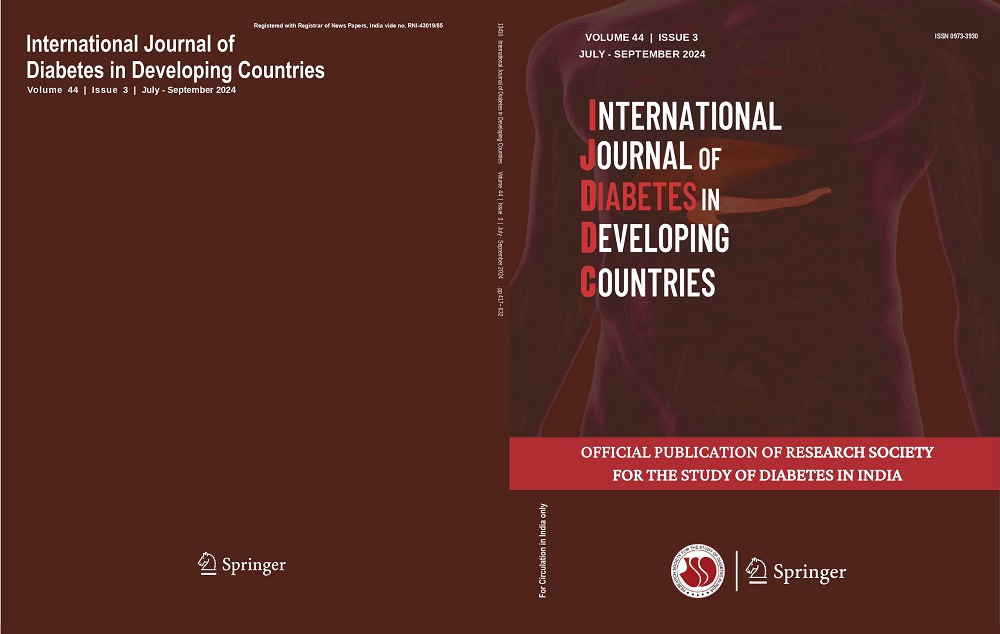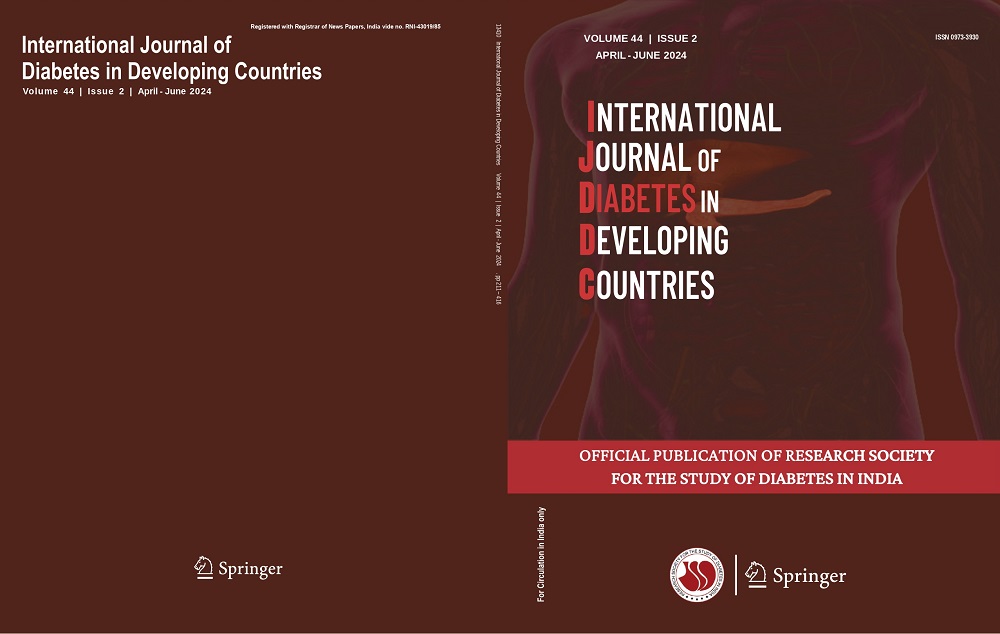Ramin Nourinia, Mohsen Dastmardi, Maedeh Dastmardi, Reza Azimi, Kiana Hassanpour
Keywords
Diabetic retinopathy • Screening • Family physician
Abstract
Background Diabetic retinopathy (DR) is one of the most common causes of vision loss worldwide; however, the limited access of the majority of the population to ophthalmologists and the lack of awareness among patients highlight the important role of family physicians in diagnosing this problem. This study aimed to determine the accuracy of direct ophthalmoscopy for DR screening by family physicians.
Method In this cross-sectional study, 121 patients were examined by three groups of physicians using direct ophthalmoscopy. Each of the two first groups (A and B) consisted of four family physicians who received written instructions and educational software regarding DR diagnosis, with group A also receiving a 2-h in-person class. The third group included four ophthalmologists (O). Based on the severity of diagnosis, results were compared with standard diagnosis provided by a retina fellow student.
Results Sensitivity of groups A, B, and O was calculated as 59%, 51%, and 78%, respectively. The specificity of the groups was also measured as 75.6%, 86.5%, and 80.0%, respectively. The study groups did not demonstrate a significant difference in regard to diagnostic parameters (p > 0.05). An additional analysis was conducted, only focusing on the diagnosis of severe DR, where the specificity of all groups improved. Still, no significant difference was observed between groups (p > 0.05).
Conclusion This was the first study investigating the role of family physicians in DR screening in Iran. The results indicated that trained family physicians could be reliable enough for diagnosing DR with the help of a direct ophthalmoscope. They can be used as a part of a referral protocol in deprived areas where access to an ophthalmologist is difficult.




